Mie’s Top 5 Winter Spots for Winter Fun
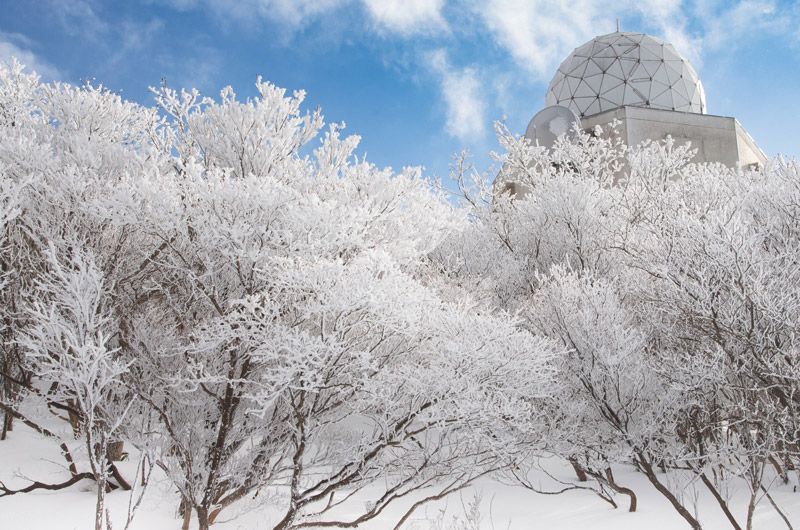
Winter in Mie Prefecture is something to experience. It’s not only beautiful but also delicious! From trees bursting with stunning ice flowers to all-you-can-eat oysters, these are my top five choices for the best winter spots in Mie Prefecture.
Written by Adam Douglas
Table of Contents
・Mount Gozaisho
・Nabana no Sato
・Uramura in Toba City (All-You-Can-Eat Oysters)
・Anori Fishing Port (Anorifugu)
・Yunoyama Onsen
・Wrap-up
Mount Gozaisho
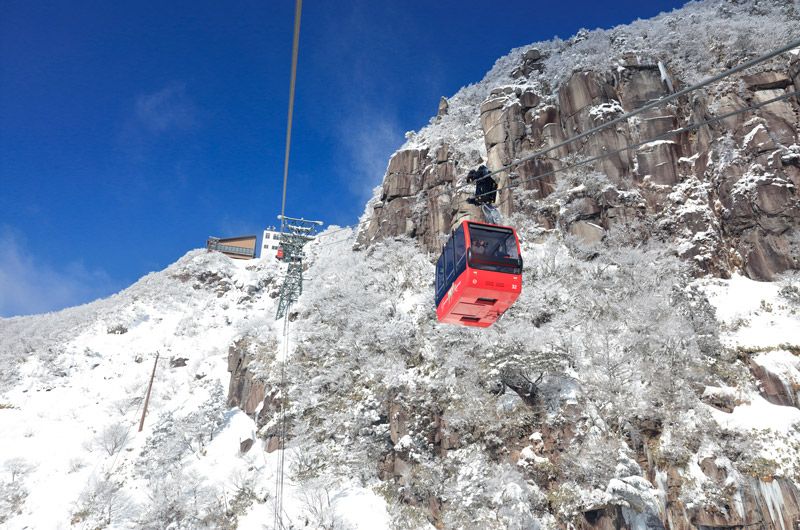
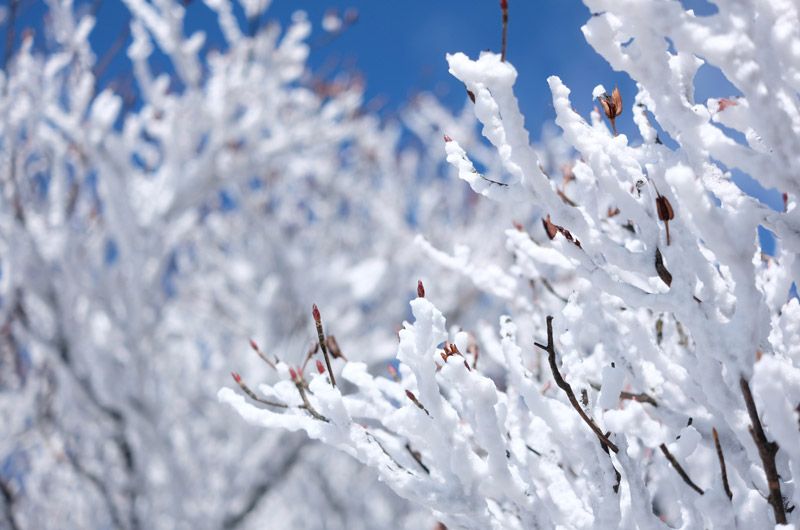
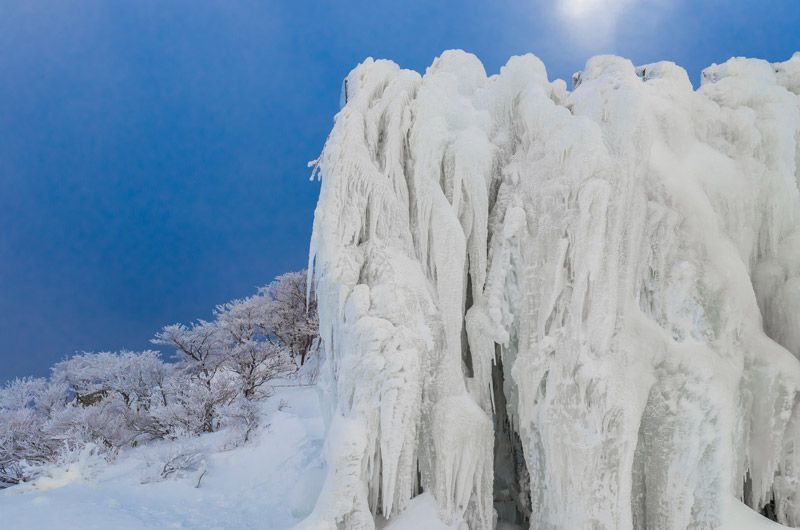
Japan is famous for its four seasons and Gozaisho is no exception. While the scenery in this mountainous area is beautiful all year round, winter is particularly stunning. Jump on the ropeway and look down and you’ll see a gorgeous snow world stretching out below you. Look closely at the sheer-white surface of the mountain and you’ll spy trees covered in ice flowers. You’ve heard of Japan’s famous cherry blossoms, but I’ll bet you didn’t know it had ice blossoms too! Also, be sure and keep an eye out for the incredible ice falls. They’re like frozen waterfalls on the side of the mountain.
Winter sports fans take note: Mie Prefecture’s only place to ski is here too, with courses for everyone from beginners up to mogul maniacs. You can also go sledding and snowshoeing so definitely check it out.
Nabana no Sato
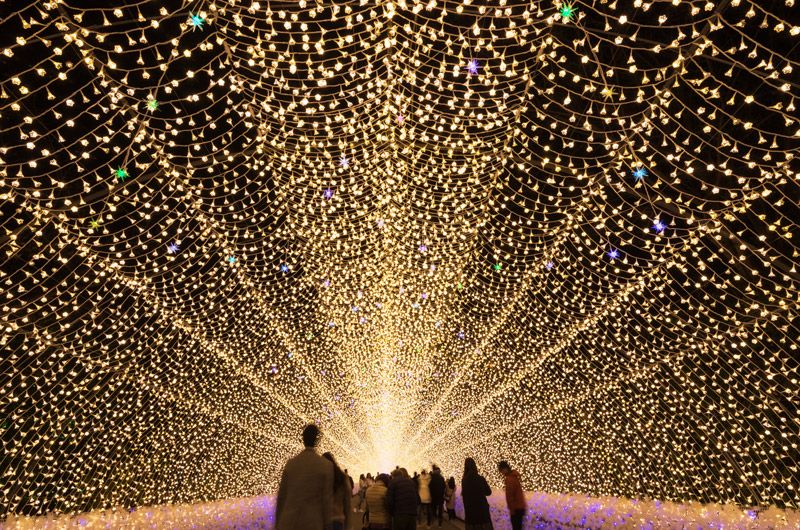
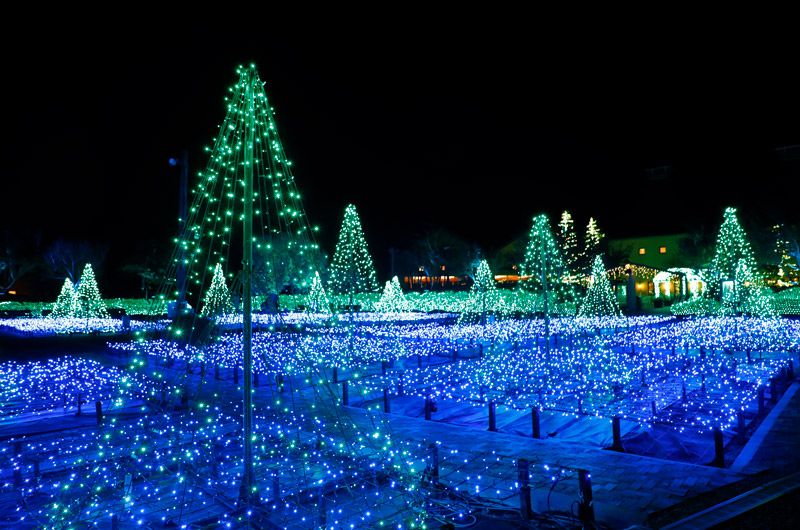
Have you heard of Japanese illuminations? In Japanese, illumination is the word for a special kind of winter light-up event. Imagine Christmas lights taken to an incredible degree, illuminations have to be seen to be believed. One of the best places to see them is Nabana no Sato, a flower park in Kuwana. Popular with visitors of all kinds, the Nabana no Sato illumination is one of the best in the country. Along with themes that change every year, there are breathtaking flower-focused tunnels of lights, cedar trees decked out to the tips of their branches in twinkling electricity, and much more.
Uramura in Toba City (All-You-Can-Eat Oysters)
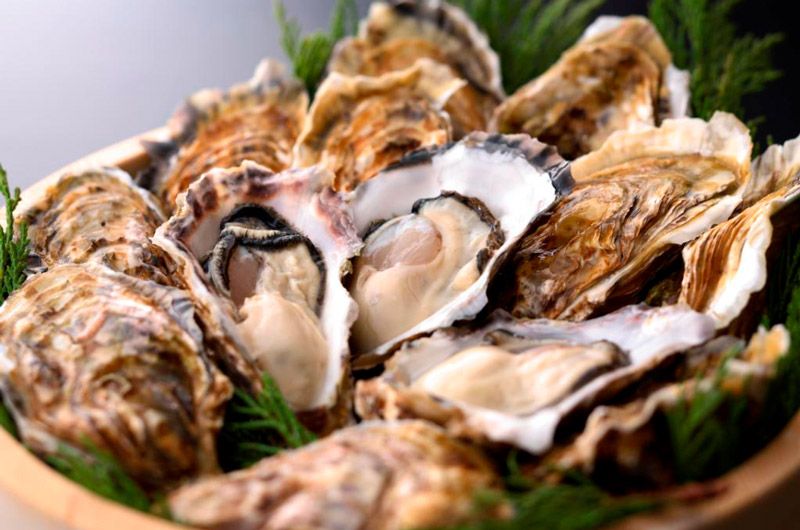
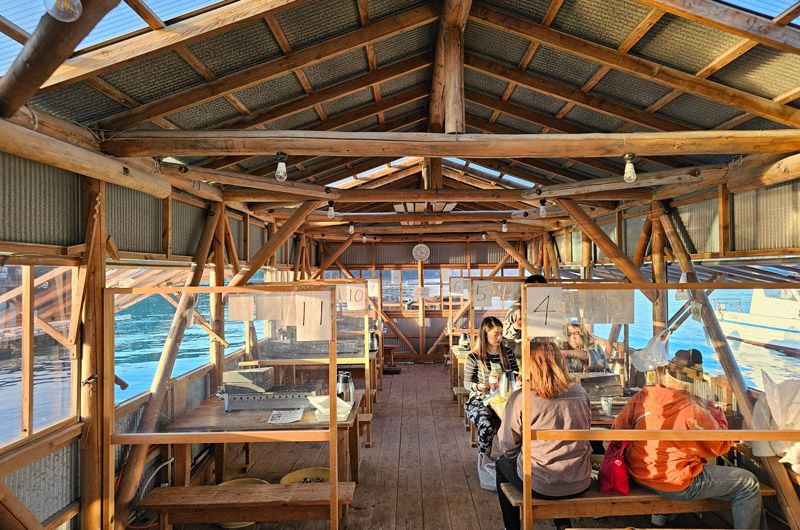
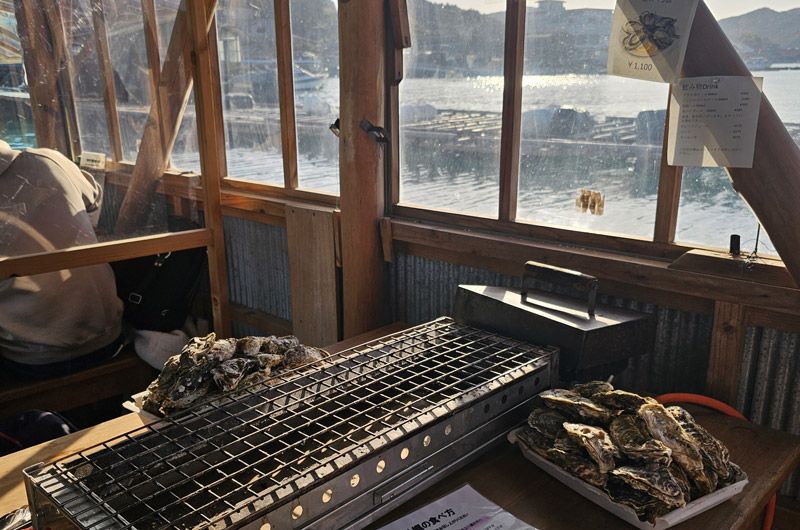
The section of Onoura Bay along Uramura in Toba City is famous for farmed oysters. Delicious and easy to eat, they’re at their best in winter. From October every year, one-year-old oysters are brought up and sold along Pearl Road at rustic outdoor huts, which get packed with oyster-loving visitors. Although they all sell oysters, they cook them in different ways. Start with all-you-can-eat self-grilled oysters and then try them fried, in rice, and even raw. They’re all busy in the winter so be sure and make reservations before you go so that you’re not disappointed.
Anori Fishing Port (Anorifugu)
Another winter seafood dish that I heartily recommend is anorifugu. Fans of Japanese food may recognize the word fugu, which means blowfish. Anorifugu is the local variety of blowfish, caught in the waters of Ise Bay centered around Anori Fishing Port. Seeing as fishermen can only catch it in the winter, this is definitely the time to try it. Yes, it’s a poisonous fish but don’t worry as only chefs with special credentials are allowed to prepare it. They serve it to you as a full course, including raw as sashimi, boiled with a ponzu dipping sauce, and fried like karaage. Delicious and exciting to eat, a fugu meal is a one-of-a-kind experience—and Mie Prefecture’s anorifugu is a one-of-a-kind blowfish.
Details: https://www.miebrand.jp/en
Yunoyama Onsen
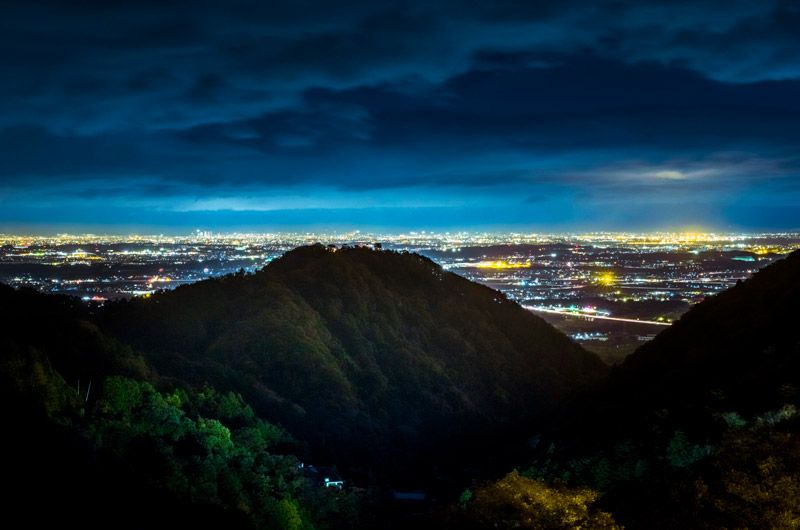
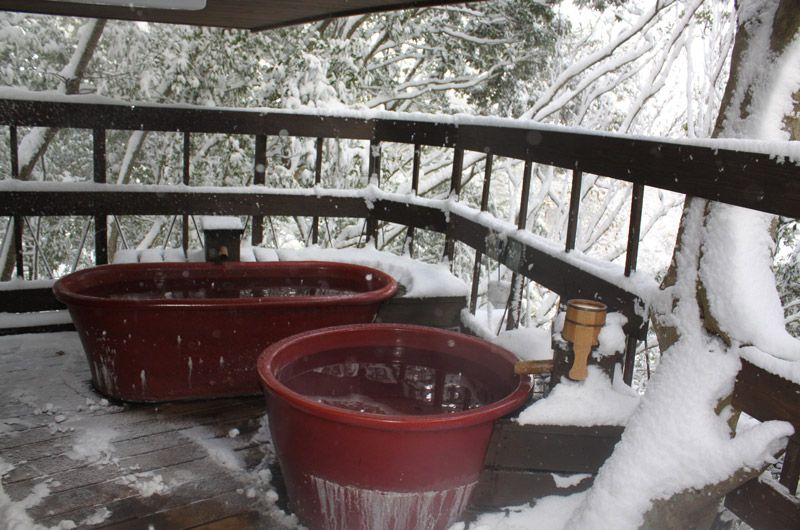
Tucked away in a valley at the foot of Mount Gozaisho is the legendary Yunoyama Onsen. From ancient times, it’s said that Japanese serows (a kind of small antelope) have bathed in the waters to heal their wounds, giving it the nickname Shika no Yu, or deer hot springs. People love to bathe there too, so along with old-fashioned Japanese ryokan, there are hotels, condominiums, and lodges with a variety of bathing facilities, including refreshing rotenburo outdoor baths. Japanese hot springs are not only relaxing, they have a number of health benefits. Filled with natural alkali, the radium spring is said to be good for the skin. It’s also known to be effective for nerve and digestive issues. After a long day of downhill and cross-country skiing or viewing the ice trees from the ropeway, warm yourself up in a restorative bath surrounded by the beauty of nature.